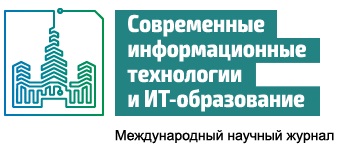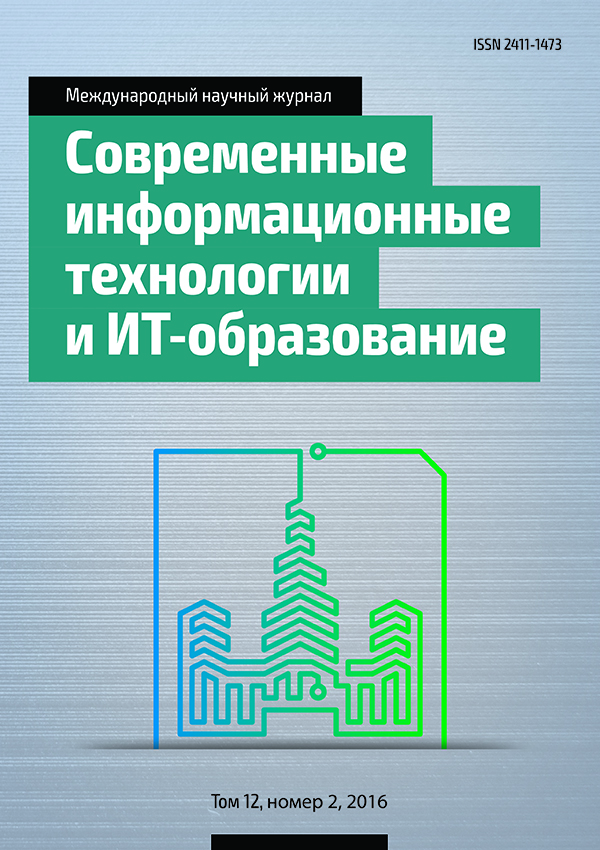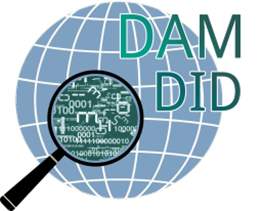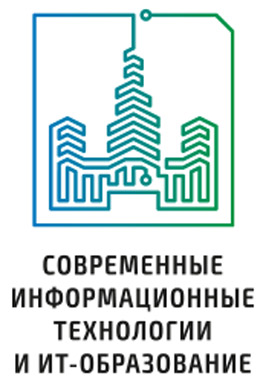ПРИМЕНЕНИЕ МЕТОДА АНАЛИЗА ИЕРАРХИЙ ДЛЯ ВЫБОРА ERP-СИСТЕМЫ ПРЕДПРИЯТИЯ
Аннотация
Проведен сравнительный анализ существующих ERP-систем. В работе предложен и рассмотрен на примере метод, позволяющий на основе разрозненных данных с применением математического аппарата выбрать ERP-систему для предприятия. Для анализа и сопоставления систем использовался метод анализа иерархий. В исследовании описаны недостатки рассматриваемого метода и пути их устранения.
Литература
2. Немытый Ю. Мелкий и мягкий// Эксперт Урал №21 (284) 04 июня 2007.
3. Bento R., Bento A. How fast are enterprise resource planning (ERP) systems moving to the cloud? // Journal of Information Technology Management Volume XXVI, Number 4, 2015.
4. Гаврилов Д.А. Управление производством на базе стандарта MPR II. Изд. «Питер». 2005.
5. Интегрированные системы управления. Автоматизированные системы управления // Портал Tadviser. URL: http://www.tadviser.ru/index.php/ERP (дата обращения: 01.09.16).
6. Саати Т. Л. Принятие решений. Метод анализа иерархий. — М.: Радио и связь, 1989. — 316 с.
7. Подиновский В. В., Подиновская О. В. О некорректности метода анализа иерархий // Проблемы управления», №1, 2011.

Это произведение доступно по лицензии Creative Commons «Attribution» («Атрибуция») 4.0 Всемирная.
Редакционная политика журнала основывается на традиционных этических принципах российской научной периодики и строится с учетом этических норм работы редакторов и издателей, закрепленных в Кодексе поведения и руководящих принципах наилучшей практики для редактора журнала (Code of Conduct and Best Practice Guidelines for Journal Editors) и Кодексе поведения для издателя журнала (Code of Conduct for Journal Publishers), разработанных Комитетом по публикационной этике - Committee on Publication Ethics (COPE). В процессе издательской деятельности редколлегия журнала руководствуется международными правилами охраны авторского права, нормами действующего законодательства РФ, международными издательскими стандартами и обязательной ссылке на первоисточник.
Журнал позволяет авторам сохранять авторское право без ограничений. Журнал позволяет авторам сохранить права на публикацию без ограничений.
Издательская политика в области авторского права и архивирования определяются «зеленым цветом» в базе данных SHERPA/RoMEO.
Все статьи распространяются на условиях лицензии Creative Commons «Attribution» («Атрибуция») 4.0 Всемирная, которая позволяет другим использовать, распространять, дополнять эту работу с обязательной ссылкой на оригинальную работу и публикацию в этом журналe.













